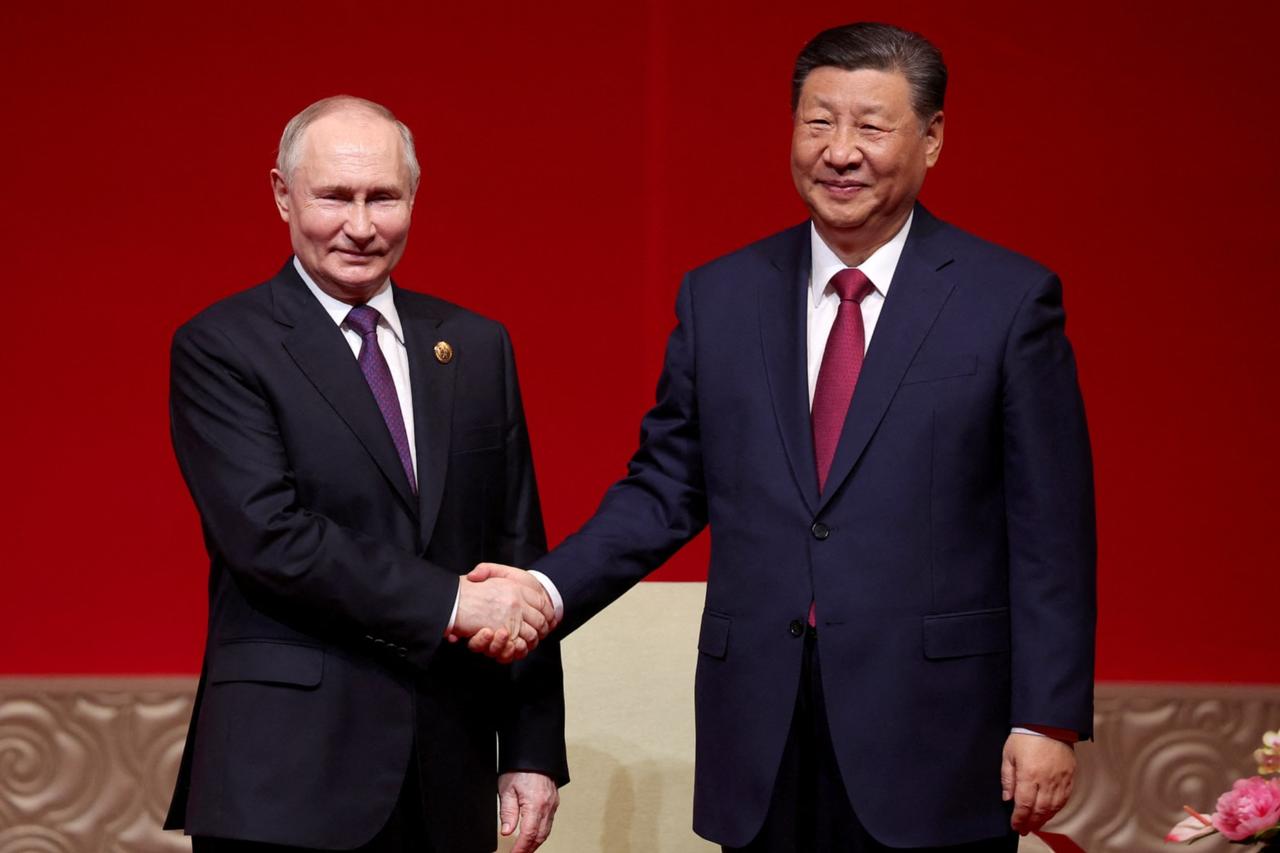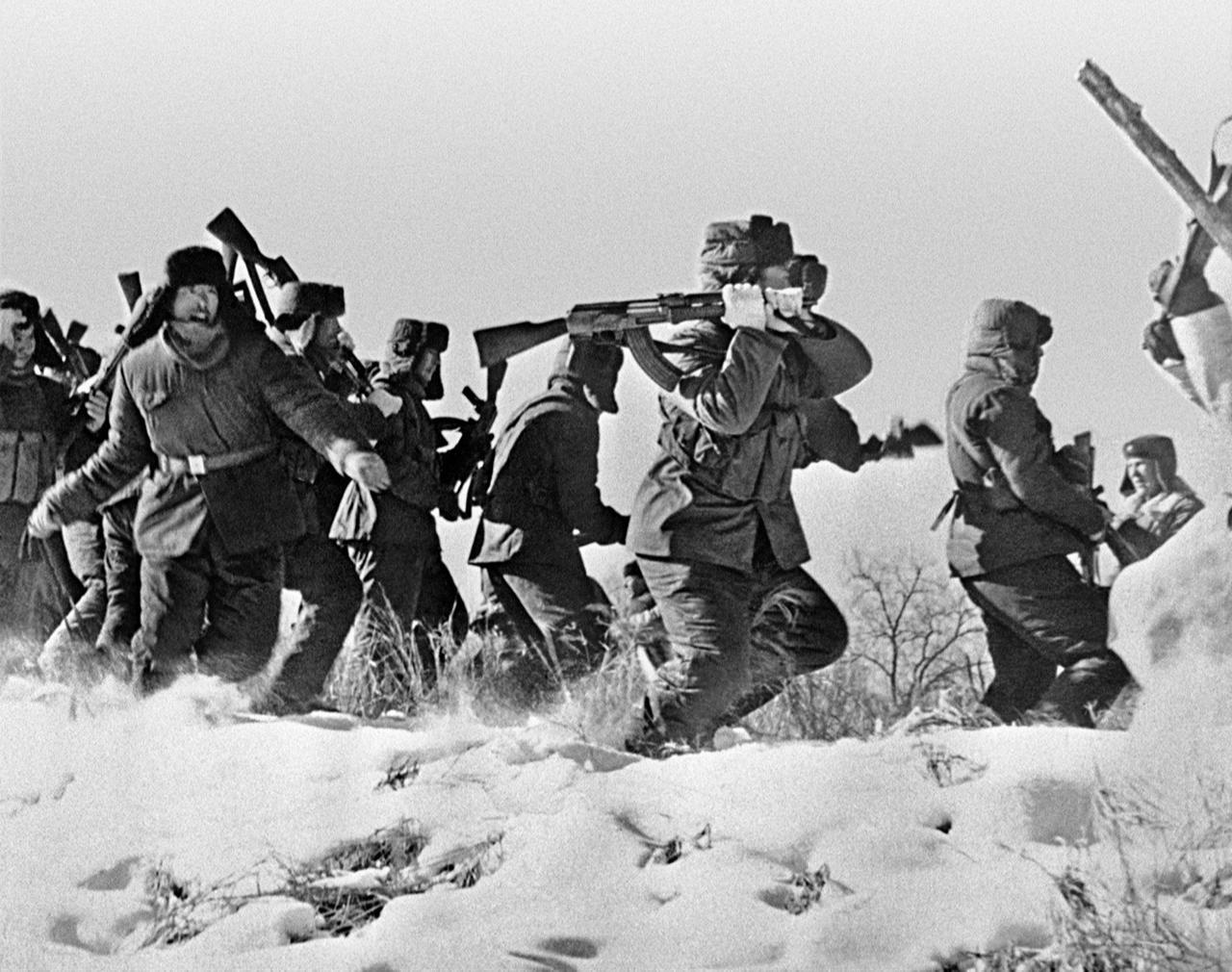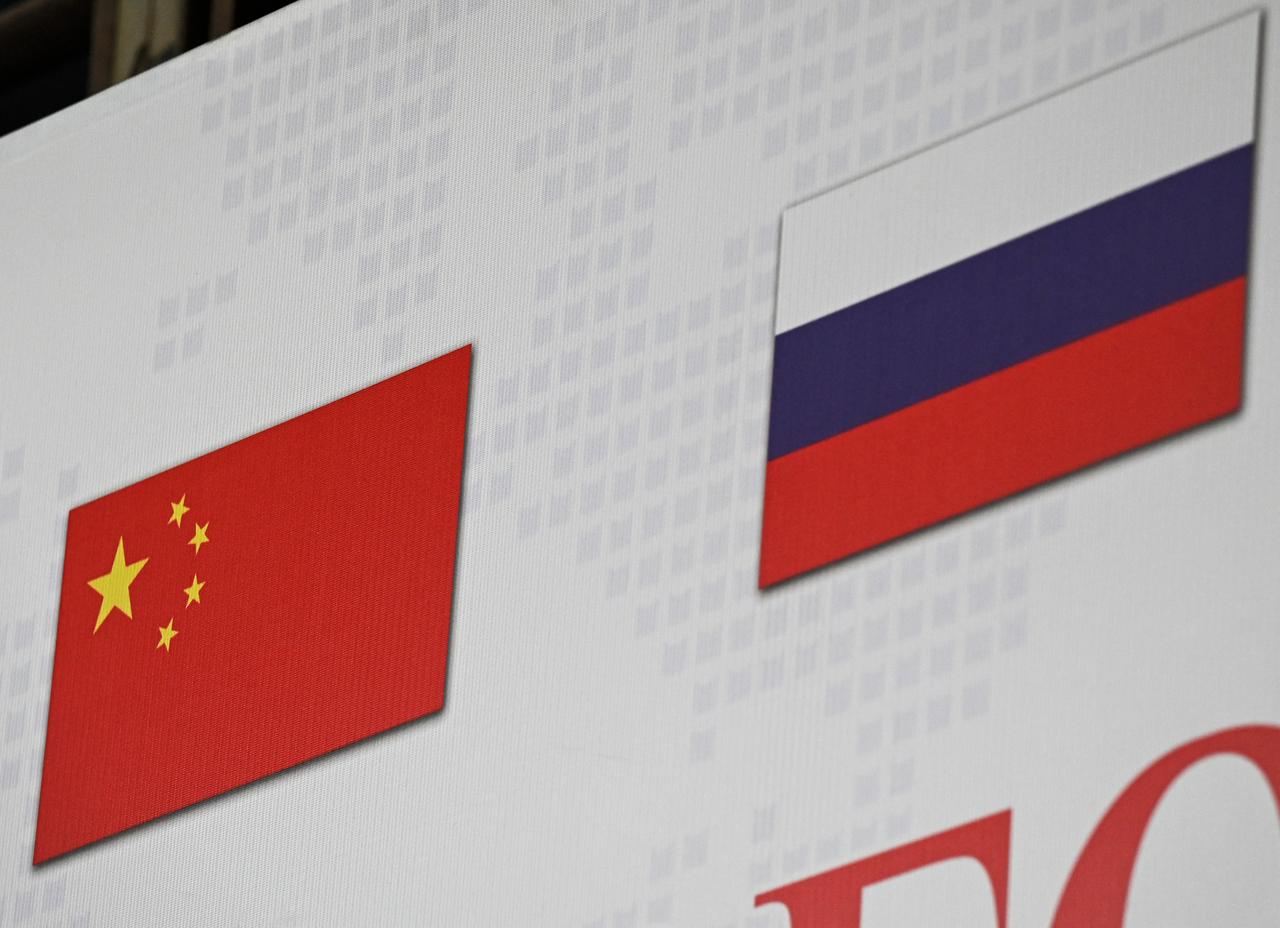
Western strategists often hope, more than predict, for a China and Russia split that would weaken their “no-limits” partnership articulated in 2022, signaling strategic alignment but not a defense treaty. This expectation leans on Cold War analogies rather than today’s structural realities. Detaching Moscow from Beijing might look tempting. Yet ties driven by economics, external pressure, and domestic constraints remain resilient. Frictions echo the Sino-Soviet split of the 1960s, but interdependence still outweighs the drivers of rupture.
The 1969 Zhenbao Island clashes on the Ussuri River were not primarily ideological; they stemmed from a long, disputed frontier shaped by 19th-century treaties. Beijing cast those agreements as theft, while Moscow treated them as settled history. The border was fully demarcated in 2008, yet residual mistrust lingers, now tempered by thicker trade and energy ties. Along the Siberian rim, Chinese interest in timber, minerals, and logistics unsettles Russian communities in thinly populated regions that face a far denser Chinese hinterland. In Central Asia, Russia’s security role meets China’s Belt and Road financing and construction. Regional governments, notably Kazakhstan and Uzbekistan, hedge between Russian security and Chinese finance. The Shanghai Cooperation Organization is mainly declarative and consensus-based, lacking mutual-defense or enforcement tools, so it steers competition toward managed coexistence rather than binding commitments.
In the developing world, Mao once challenged Soviet leadership by denouncing peaceful coexistence as betrayal, and Beijing showcased its capability with projects such as Tanzania’s railways. Today, within formats like BRICS, the toolkits are parallel rather than identical: China leans on finance, logistics, and minerals trade, while Russia relies on state-linked security networks and contractors. Convergent skepticism toward Western policies now dampens open competition.

The specific conditions of the 1960s are absent. Energy barely figured then, while it is central now. Under sanctions, Russia now directs a growing share of discounted oil and pipeline gas to China. For Beijing, Russian supplies hedge maritime risk and diversify inputs away from exposed sea lanes. A sudden rupture would squeeze Moscow’s budget and growth and complicate China’s planning. Military dynamics also differ. Instead of doctrinal schisms and nuclear competition, the relationship is pragmatic, with civilian and military supply chains increasingly intertwined. Russia provides hardware, experience, and expertise. China provides manufacturing depth and dual-use components. Losses in Ukraine have narrowed Moscow’s options by straining manpower and munitions, tightening budgets, and curbing access to Western technology. This has increased reliance on Chinese components, making Russia the smaller partner, yet still a relevant one.
Geopolitically, both coordinate, if imperfectly, in response to U.S. leverage. They coordinate vetoes at the United Nations and use platforms such as BRICS and the SCO to signal alternatives. The Oct. 9 Dushanbe Summit exemplifies this: Russia's push for trade with Central Asian leaders amid sanctions aligns with SCO goals for stability, bolstering the Sino-Russian ecosystem despite frictions. This is not a mutual defense pact; it is an alignment of necessity and convenience. Domestic headwinds reinforce caution. China faces slower growth and the need to upgrade its industry. Russia faces the costs of war and uncertainty about its political future. Dependence can breed resentment and status anxiety, yet the near-term incentives still favor staying the course.

Taiwan is often cited as the sharpest stress test. Any major Taiwan contingency would likely force Moscow to choose between overt support and hedging. Open neutrality would likely be read in Beijing as abandonment and could expose asymmetries in the partnership, though the scale of fallout is debated. Overt backing would deepen Russia’s confrontation with the West. For now, both prefer strategic ambiguity. Both sides share the burden of pressure: China on economic and technological fronts, Russia on military and sanctions fronts, ensuring neither faces isolation alone.
In practical terms, engagement and restraint may achieve more than confrontation or wishful separation. Rather than attempting to dismantle the partnership, Western and Asian actors could focus on limiting its most destabilizing expressions, notably dual-use transfers via intermediaries and leverage over pricing or routing, while leaving space for pragmatic dialogue on trade, climate, and regional stability, including where Belt and Road projects intersect with regional priorities. The objective is to manage competition within predictable boundaries, while analysts generally see the odds of a split remaining low absent major shocks such as leadership shifts or energy-route crises.
Ultimately, this relationship is not about shared ideology. While shared narratives and symbols—such as high-profile wartime commemorations—can surface, what really drives it are material factors such as energy flows, sanctions and geography. The relationship persists not because they fully trust each other, but because both sides find it more beneficial to cooperate than split up. For outside powers, the practical approach is to understand this balance, adapt to its constraints, and compete selectively, while leaving space for middle powers like Türkiye to manage supply chains and keep communication open where interests align.